PUDU T300 marks Pudu’s move from service to industrial robots
Robotics Business Review
APRIL 22, 2024
The PUDU T300 mobile robot dis designed for use in tight aisles with heavy payloads. Source: Pudu Robotics Pudu Technology Co. said today at Hannover Messe that it is expanding from service robots into supply chain applications with the new PUDU T300 mobile robot.

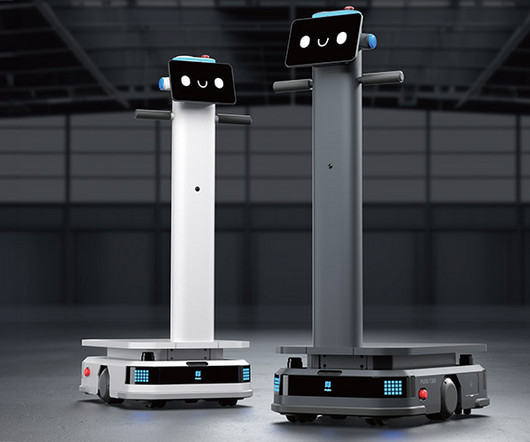


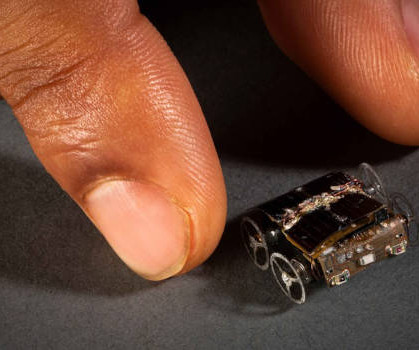
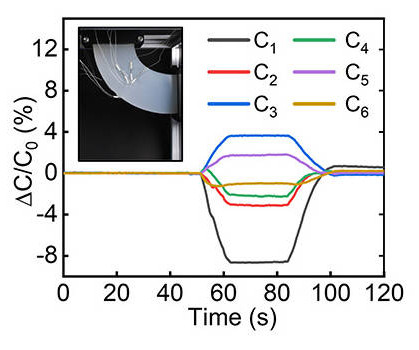


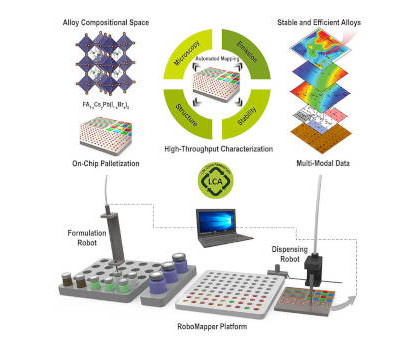

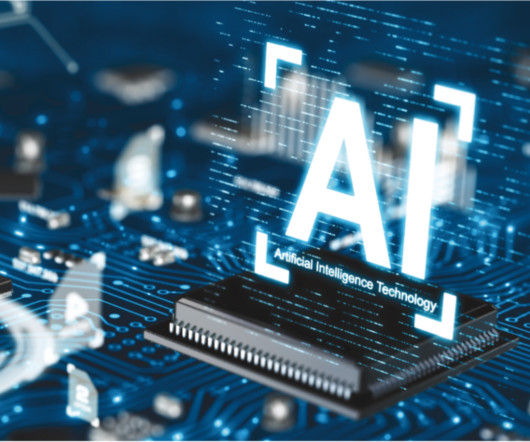
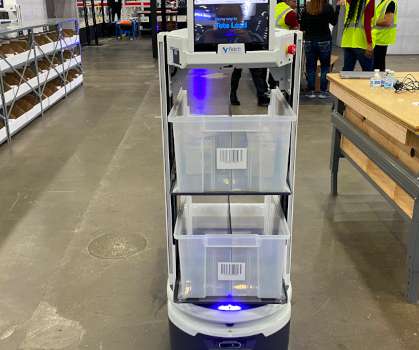










Let's personalize your content